
From: Lisa
Via: email to diamondbuyingadvice@gmail.com
Type: Natural Diamond
Cut: Round Brilliant
Carat: from 1.4 ct to 1.5 ct
Color Range: Don’t know
Clarity: VS1-VS2
Message: We are celebrating our 10 year anniversary and to mark the occasion I’ll be upgrading my engagement ring. My current center stone is 0.74 carat. I’d love to get your advice on upgrading to something double that: 1.5 ct. I want something that really pops. While I don’t consider color as the most important aspect I don’t want the diamond to be “yellowy”. Looking at a top of $15k-$16k (diamond) I don’t mind spending a good amount for a quality setting something with a personal touch, nothing mass produced, for which I am earmarking up to $5k. My eternal thanks for your help with this.
Note: some of the original correspondence has been edited and expanded on for clarity and continuity
Hi Lisa,
Thanks for your message. Congratulations on your 10 year anniversary. What a great way to celebrate!
As soon as I got your message I looked through my contact list, though I knew I didn’t really have to. I already had a jeweler in mind that provides exactly this. There’s only one place I will recommend where you can not only get a fantastic diamond that really “pops”, but the level of artisanship is beyond comparison. They have many ways they can personalize a ring setting and are the one place I know can do custom work in their state-of-the-art jewelry atelier: Victor Canera.
Not only does Victor Canera have a world class jewelry atelier (more on this below), the Victor Canera diamonds are to die for. Absolutely unbelievably gorgeously perfect.
Victor Canera’s approach to creating settings is a world apart from mass produced jewelry. His deep appreciation for the beauty of perfectly cut diamonds has driven his passion to create settings that are worthy of the beauty they carry.
The making of jewelry especially platinum jewelry has changed very rapidly over the past few decades. The old world approach was that of a craftsman working on a single jewel for weeks. His passion and experience would have been handed down to him through generations of accumulated knowledge. The ultimate goal was to create a masterpiece, a jewel of quality and beauty. In the today’s world, the “business” side of things has all too often taken over. Jewelry fabrication has changed into mass production as the ultimate goal. Quality, which by its nature requires time and skill has been bypassed in favor of speed, ease and greater numbers. This change has sadly had a detrimental effect on the quality of the jewelry produced. Go back to the early 1900s and before and you find estate jewelry which today is still being sought after. Collectors and connoisseurs know that modern day jewelry will have a much shorter life span. Most of today’s jewelry will be unlikely to take on the mantle of “heirlooms” of tomorrow. This “business” environment where you have quantity over quality has pushed the skill of hand forging jewelry into the category of a lost or dying art.
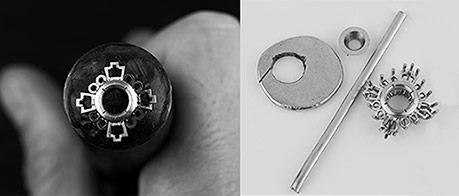
To get a sense as to the vast difference between pure hand forged jewelry and modern mass produced jewelry, all you have to do is compare techniques. The vast majority of jewelry today is produced with the wax and cast method. The casting method starts with the creation of a ring in wax model. The wax is created usually by a wax carver or in the modern day with computer aided design and computer controlled machines. These waxes must be cast into metal which involves placing the wax into a container and pouring “investment”. This is a liquid substance which hardens around the wax. The next step is to pour molten metal inside the “investment” that has hardened into the outline of the wax. The first casting is often done with silver. This allows the manufacturer to retain a replica of the original wax carving. They can then create a rubber mold, essentially a rubber negative of the design. These rubber molds can then be injected with wax. The same form can then be created and recreated ad infinitum. The first wax original is already a dulled down of the precision of the original design. The second wax (if used) will further dull down the precision of the design. The casting process also introduces foreign contaminants such as investment and acid into the metal. The cast jewel also has to undergo the process of cleaning by filing down and shaving off all the imperfections and roughness that casting has introduced dulling down the level of detail further. Areas which a craftsman’s tools can not reach in order to clean will retain a very rough molten metal texture. In terms of quality, cast based production will inevitably lack precision. The maker can never have the same amount of control over the finished product that a hand forge jeweler can bring.
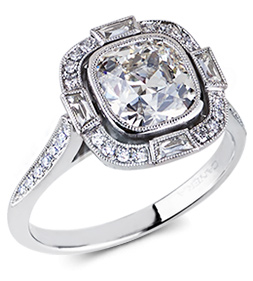
Hand Fabricating
Hand Fabricating is the direct crafting on metal of a piece of jewelry and doesn’t involve the use of wax, molds or casting. A design is formed in the mind of the designer, ingots of platinum or gold are melted and then pressed, bent, formed or pulled into the different parts that comprise a piece of jewelry. A ring design may have dozens of individual parts of wires, tubes or plates that are then assembled to create the finished jewel. Because the parts that comprise a jewel are created individually prior to assembly, metal surfaces of each part can be cleaned to a mirror finish. Since no casting is involved, there is no need to clean off the imperfections of casting. The finished metal will have a flawless, mirror-like finish and not be wavy caused by cleaning of the casting surface. This produces round surfaces which will be perfectly round and flat surfaces that are perfectly flat. The jewel is extremely precise due to the control a craftsman has over each individual part of a design. No areas (like the undersides baskets, cathedral openings etc.) of a jewel will have imperfections. Joints are precise, seamless, and sharp. The finished design will have the benefit of being lighter in weight than a cast design yet stronger. Porosity, visible pinpoints which are actually air bubbles inside the metal caused by casting basically don’t exist in hand forged jewelry. The jewel will have higher metal density, be less porous and therefore be stronger, less likely to deform and be more scratch resistant. The owners of these works will also have the satisfaction of knowing that their jewel is truly a one of a kind creation since there are no “rubber molds” or digital files in a CAD\CAM machine to replicate the work. While the term “hand made” has become a cliche and a marketing tool, Victor Canera’s hand forged jewels have the distinction of being completely “casting free”. Every part, from the shank to the smallest prongs of a basket are done by hand, offering all the benefits that hand forging brings to the table.
I’ll start out with some of the great tips that Victor Canera has on making a ring profile uniquely yours.
These are some of the ways he suggests to make a ring uniquely yours. Adding design elements to a ring’s profile is not something you get with the mass produced rings the majority of jewelers carry. But even people who are thinking of getting a custom piece done are simply not aware of the options that are available. Here are some of the elements Victor Canera suggests can be added to a piece to really give it that personal touch.
Filigree
Filigree is the shaping of thin metal wire into designs or arrangements. It’s something that was popularized in French metalwork that goes way back to the time of Louis the XIV. The intricacy of filigree is limited only by the amount of “canvas space”. The rest is up to your imagination. The “fleur de lis” is an example, or scrolls and that type of design. Filigree work in general adds an antique theme to a design which matches beautifully with vintage inspired jewelry. Victor Canera filigree work is highly detailed due to its hand fabricated nature which can not be achieved using casting.
Ajouré
Ajouré is a style of jewellery design similar to filigree, which leaves open spaces in the worked metal. Unlike filigree, the holes are usually cut from the metal rather than being incorporated during the process of construction. It is usually used in the making of gold jewellery, such as pendants and brooches. The result is reminiscent of the style of lace known as “ajour”, hence the term.
It is therefore often called “ajour”. As Victor Canera explains, “it is the process of drilling holes or sawing metal thereby creating negative space and producing a design from a piece of sheet metal.” The term ajour is a French word that means “lace” as in lace textiles. Lace ajour is very similar to what is achieved in metal with jewelry ajour. The term ajour is used interchangeably for other things in jewelry as well such as the openings created underneath diamonds and other jewelry work. Incidentally “a jour” means trendy, up to date in French. This style is ageless and has enduring appeal.
A basic yet beautiful form of ajour is done by “piercing” metal using a very thin saw blade. This form of ajour is typically referred to as “piercing work” in the trade. The process begins upon an empty “canvas” consisting of a blank sheet of metal. A basic design concept is decided upon and the metal is “pierced” into shape using a jeweler’s saw. Ajour can become quite intricate and take many many man hours to complete. The amount of detail is dependent upon the amount of canvas space available to the craftsman. The themes of the designs can vary from edwardian to art-deco or even Japanese inspired themes. Ajour can be used to give that finishing touch to the profile of a ring as in Model 20.1126 which features ajour along the profile of the center stone.
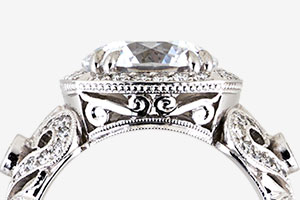
Another form of ajour that doesn’t involve “piercing” is ajour formed from metal wire that is shaped into different shapes and designs. This technique is very similar to filigree work except for the much thicker metal used in creating ajour. Wire can potentially be formed into shapes such as pear shapes, marquise shapes and combine together to produce a visual similar to the petals of a flower along the profile of a ring design. As an example Model 20.1206 features ajour of this type along the profile which is comprised of marquise shaped pieces of wire that resemble the petals of a Lotus flower. Furthermore, ajour formed from wire can be set with pave producing a very sparkly and textured visual.
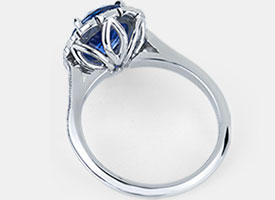
Milgrain
A simple and elegant way to add a small unique touch to a ring is by adding milgraining to its profile. Milgrain adds a micro dotted texture to metal giving it a vintage flair. Adding milgrain to the bottom and top edges of the basket of a center stone is a simple and easy way to make a ring’s profile more interesting.
Milgrain is also spelled millgrain, millegrain, an milgraine.
Mille grains is French for “one thousand grains”.
Engraving
Engraving can also be added to parts of a ring such as the profile of the center stone. The types of engraving span all design themes, more often than not in a vintage style. For this reason engraving is recommended to ring designs which already feature an antique theme.
These are just some ideas from Victor Canera that make a ring’s profile unique and interesting.
Just discuss the different possibilities with them. Victor Canera’s customer service is very up front with providing ideas on how to avoid costly processes, if the initial quote is beyond the budget.
Ideal 1.5 ct Diamond
The Canera Ideal Hearts (CIH) – Super Ideal Hearts & Arrows Diamond represents the pinnacle of craftsmanship in a round brilliant diamond. Reflecting their rarity, less than 1% of diamonds polished today will be true Hearts and Arrows diamonds. This rarity comes from the fact that Hearts and Arrows patterns are extremely sensitive to flaws in symmetry from poor craftsmanship in the cutting process. The Canera Ideal Hearts, Super Ideal Hearts and Arrows diamond exhibits exemplary physical and Optical Symmetry , Light Performance while presenting a sublime combination of Brilliance (white light), Fire (colored light) and Scintillation (play of white and colored light in motion).
A search of Victor Canera’s inventory brings up just a few diamonds within the specified parameters. It may sound like I’m overselling the virtues of these diamonds but the fact is that any diamond from the Victor Canera signature range is beyond reproach.
Send in your question
If you are looking to buy any type of diamond jewelry online you are welcome to send in any questions you may have.
As an affiliate of the some of the world’s finest jewelers I am motivated to find the right purchase that is perfect just for you. Every person has specific needs and every jeweler has specific areas in which they excel.
Please use your preferred contact method.
Thomas J Stevens GIA DG CSG

If you contact me by email and do not receive a response within 48 hours possible reasons include: my response has ended up in your spam folder; your inbox is full; The best thing after a 48 hour delay is to try again, maybe using a different contact method.



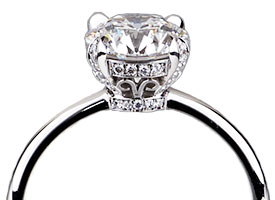
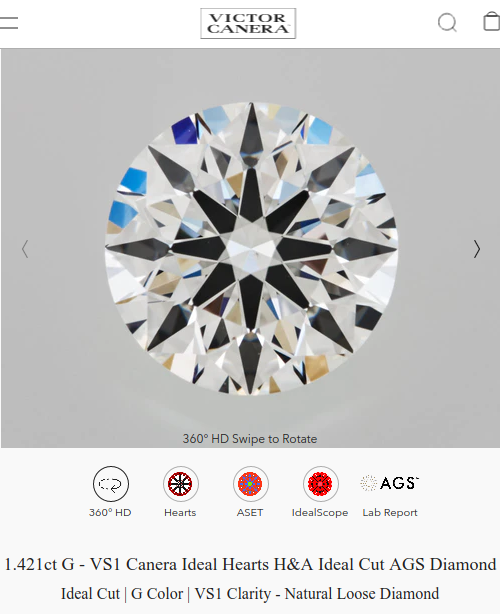
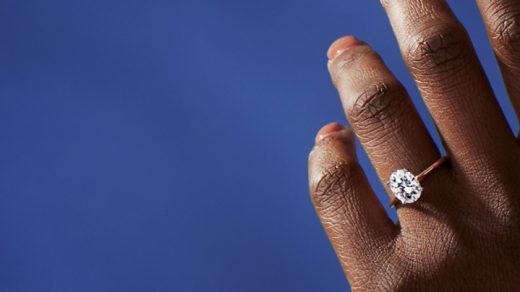
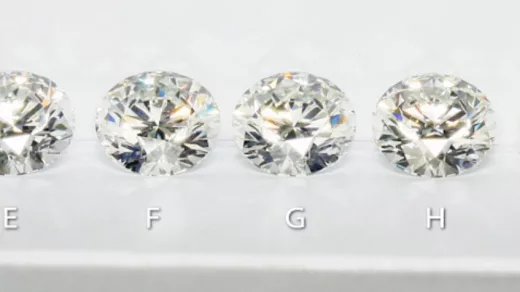
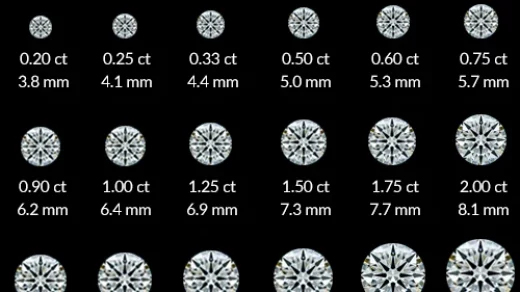
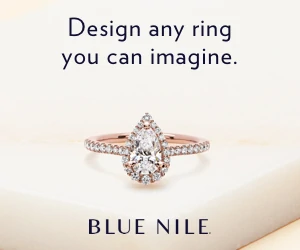
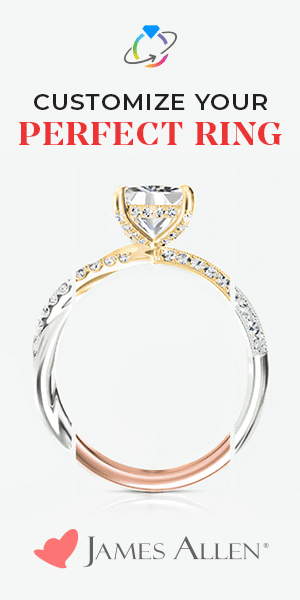
I totally agree with the article. Beautiful diamonds should have beautiful settings. I got my ring from Victor Canera and wouldn’t trade it for anything. I feel that he puts the greates amount of care in his work like no one else.
I don’t see the big deal. A ring is a ring. When you lose it if it’s more expensive then it’s just a greater loss.
Wow, I had no idea there was such a huge amount of work that went into hand forged rings. It sure seems like the quality is superior.
Got my eyes on this diamond here https://www.jamesallen.com/loose-diamonds/round-cut/1.50-carat-h-color-si1-clarity-excellent-cut-sku-12309564 for $8,360! ???? Is this a good one? I don’t want to end up with a subpar stone. Is this a good deal? Hoping you can shed some light on it.
Hi Garry, try this search instead: James Allen diamond search – Prefilled –
thanks for the information. i look forward to seeing an article on cushion cut diamonds, as my significant other is dead set on cushions, even though i have tried to convince her of the benefits of round diamond. cann’t winnem all.
Good advice.
I bought a half carat diamond when I proposed in 1998. I am ready to upgrade to a 1.5 carat diamond. I’ll keep this in mind.